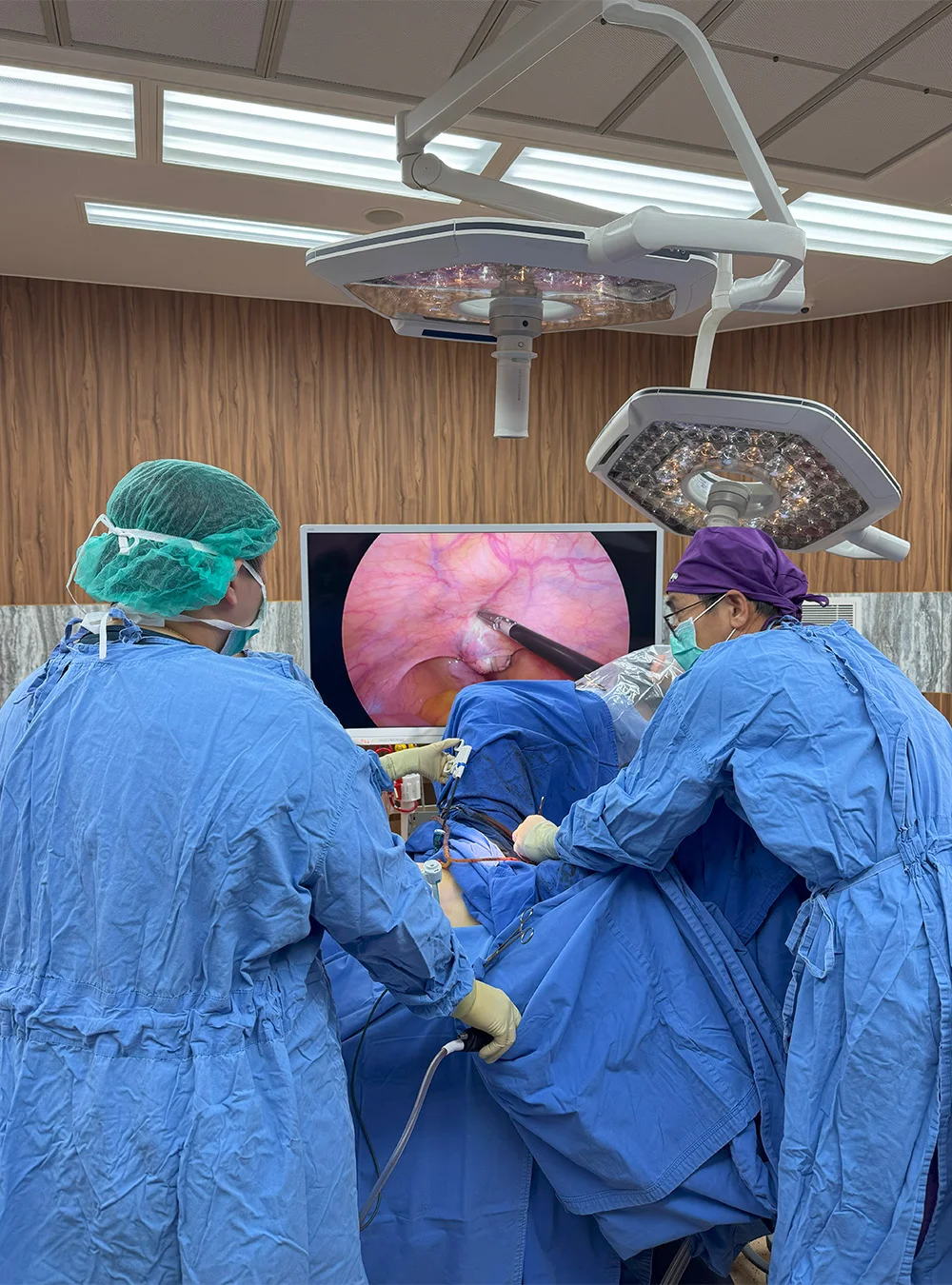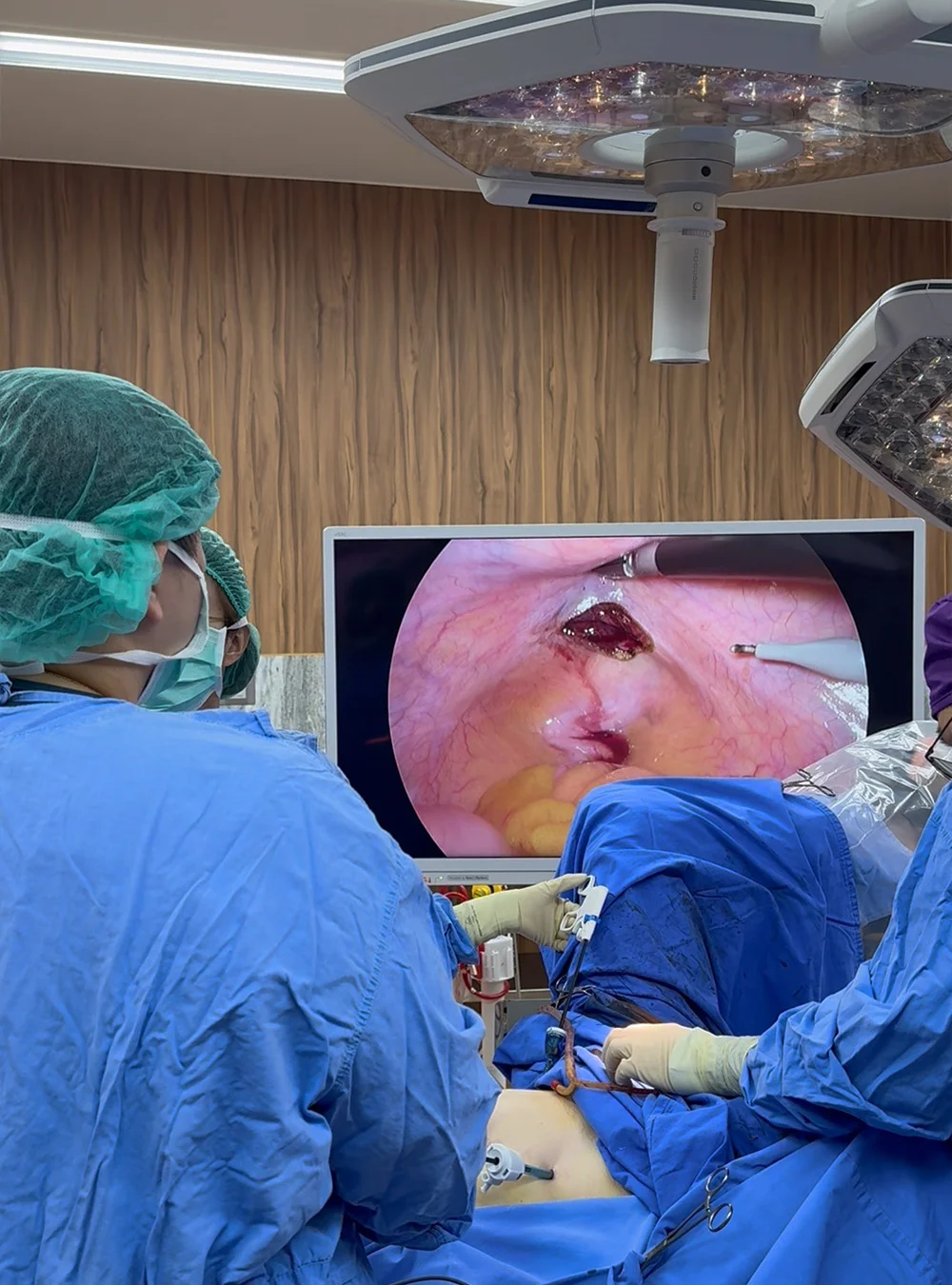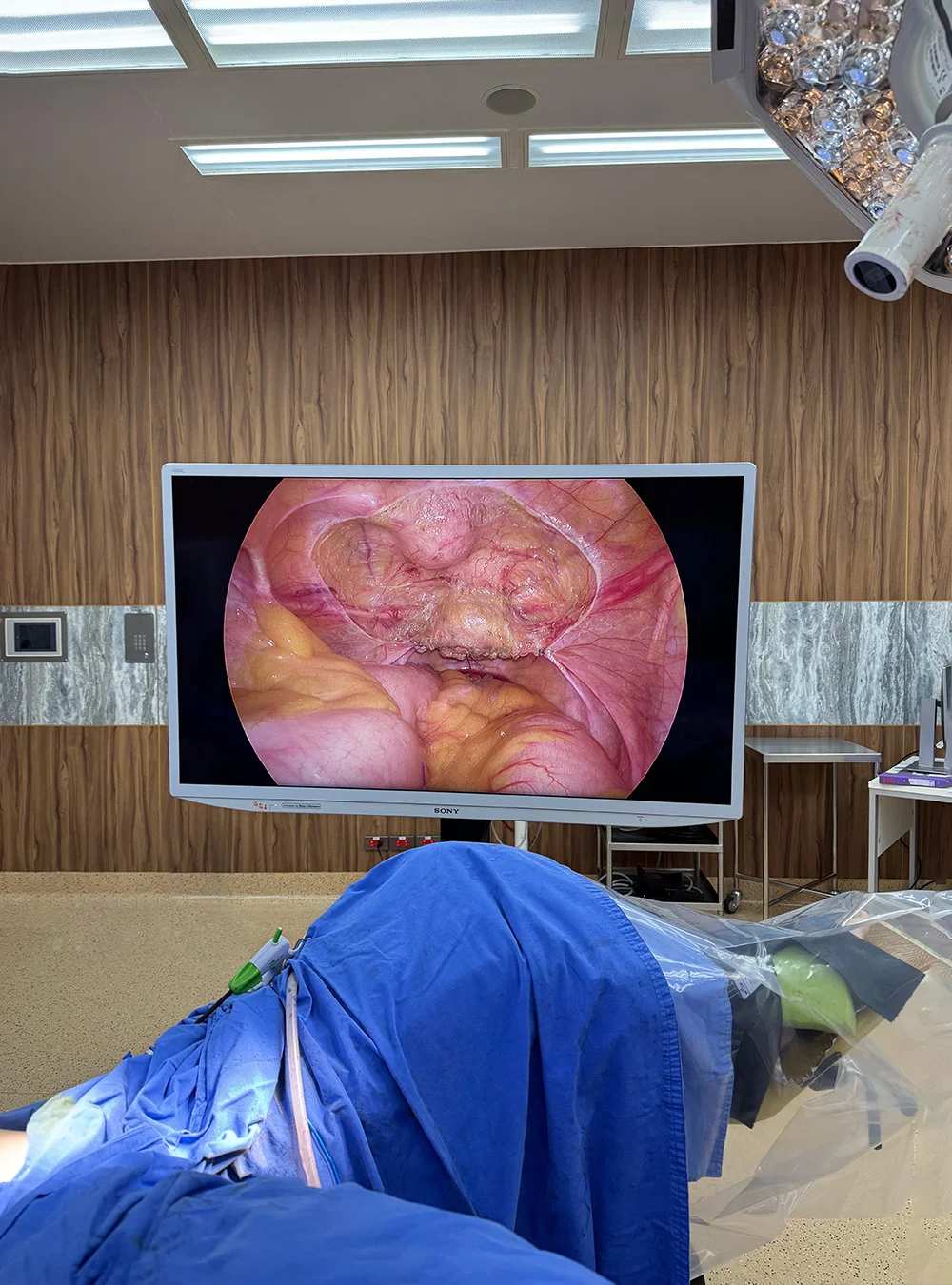
Peritoneal Pull-Through Vaginoplasty (PPV)
Transgender surgery aligns the body with one’s gender identity. WIH Hospital has over 20 years of expertise in this specialized field.

Transgender surgery aligns the body with one’s gender identity. WIH Hospital has over 20 years of expertise in this specialized field.
A Minimally Invasive Option for Gender-Affirming Vaginoplasty
Peritoneal Pull-Through Vaginoplasty (PPV) is a gender-affirming surgical technique that utilizes peritoneal tissue—a smooth, glistening membrane from the abdominal cavity—to line the innermost portion of the neovagina. This method offers several advantages, especially in terms of texture, appearance, and compatibility with laparoscopic access.
→ What Is Peritoneal Tissue?
The peritoneum is a thin, moist membrane that lines the abdominal and pelvic cavities. When used in neovaginal construction, it provides:
However, it is important to note that the peritoneum is not a mucosal tissue and lacks secretory glands.
→ Does Peritoneal Tissue Provide Self-Lubrication?
One of the most common misconceptions is that peritoneal tissue provides true self-lubrication. While the peritoneal lining retains surface moisture and appears glistening, it does not secrete fluid like glands found in a biological vagina or in colon vaginoplasty, where natural mucus production is possible.
As a result, patients undergoing peritoneal pull-through vaginoplasty must continue to use water-based lubricating gel during vaginal dilation and penetrative sexual activity, just as those who undergo skin graft techniques. This ensures tissue protection, reduces friction, and supports long-term neovaginal health.
→ How Deep Can the Neovagina Be With PPV?
The final vaginal depth in PPV depends on both patient anatomy and surgical technique. In most cases:
→ Why Laparoscopic Technique Is Required
PPV requires access to the peritoneum inside the abdomen, which must be done through laparoscopic surgery. This minimally invasive technique uses small abdominal incisions and a camera-guided approach for precision harvesting.
Benefits of laparoscopic PPV include:
→ Is Lubricant Still Required After PPV?
Yes. Despite the moist appearance of the peritoneal lining, it does not produce its own lubrication. All patients must:





| Feature | Peritoneal Tissue (PPV) |
| Appearance | Smooth, pink, moist-like lining |
| True self-lubrication | ✕ No glandular secretion — lubricants required |
| Moisture retention | ✓ Yes — retains surface hydration |
| Depth (with graft combination) | 14-17.5 cm (5.5–7 inches) |
| Surgical approach | Laparoscopic |
| Ideal for | Patients desiring smooth texture and aesthetic result |
| Long-term care | Dilation and lubrication required |
| Comparison to colon vaginoplasty | No mucus secretion (colon does); smoother surface |
Expert Care at WIH Hospital
At WIH Hospital, Dr. Chettasak and our multidisciplinary surgical team offer advanced laparoscopic-assisted PPV with a focus on safety, aesthetics, and function. Each procedure is customized based on the patient’s anatomy, goals, and tissue availability to ensure optimal long-term outcomes.
Following surgery, patients are required to continue with daily vaginal dilation in accordance with the WIH Hospital Vaginal Dilation Schedule Protocol. Strict adherence to this schedule is essential for maintaining neovaginal depth, preventing tissue contraction, and ensuring the long-term success of the surgery.
→ To learn more or consult about your surgical options, visit the
Gender-Affirming Surgery Center or contact our patient care team.